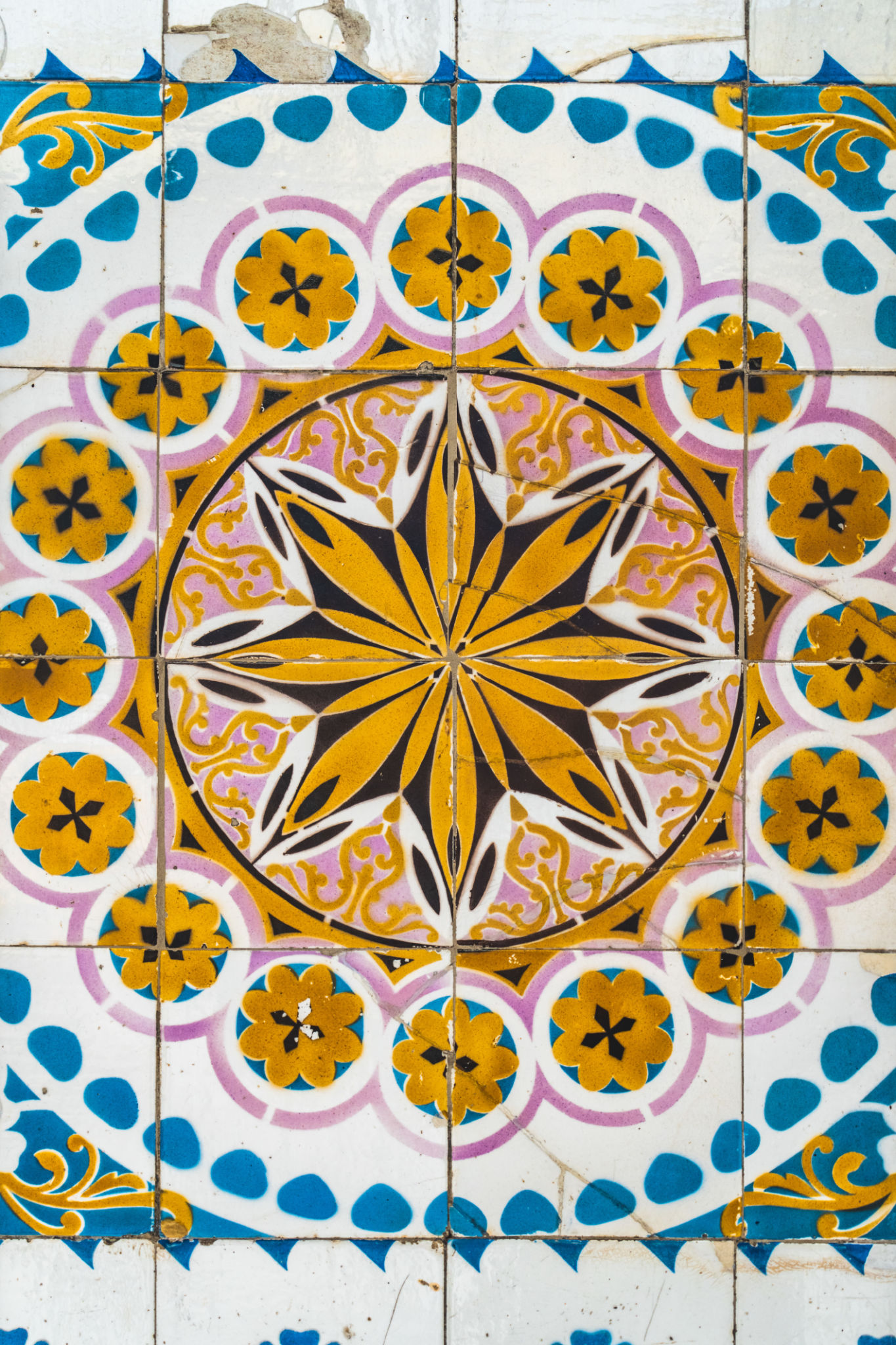Exploring the Rich History of Mosaic Wall Art in Spain
A Glimpse into Spain's Mosaic Tradition
The art of mosaic wall decoration is a captivating element of Spain's rich cultural tapestry. Often associated with vibrant colors and intricate patterns, mosaics have been used throughout history to tell stories, celebrate religious themes, and adorn architectural marvels. This artistic form has been embraced by various cultures that have influenced the Iberian Peninsula, from the Romans to the Moors, each leaving their distinct mark.
Mosaic art in Spain dates back to ancient Roman times, when it was popularized as a decorative element in villas and public buildings. The Romans introduced the technique of embedding small pieces of stone, glass, or ceramic in mortar to create intricate designs. These mosaics often depicted mythological scenes, everyday life, and geometric patterns that have survived the test of time, offering a window into the past.

The Moorish Influence
With the Moorish conquest of Spain in the 8th century, a new chapter in mosaic art began. The Moors brought advanced techniques and a unique style that emphasized intricate geometric patterns and arabesques. This influence is prominently visible in the iconic Alhambra Palace in Granada, where stunning tile work and mosaics continue to mesmerize visitors with their complexity and beauty.
Moorish mosaics often incorporated vibrant colors and symmetrical designs, reflecting both artistic skill and mathematical precision. This style became a hallmark of Islamic art in Spain, with its elaborate patterns symbolizing the infinite nature of the universe—a concept deeply rooted in Islamic philosophy.

Modern Revival and Gaudí’s Legacy
In the late 19th and early 20th centuries, mosaic art experienced a revival in Spain, largely thanks to the visionary architect Antoni Gaudí. His work on landmarks such as Park Güell and the Sagrada Família in Barcelona showcases a modern twist on traditional mosaic techniques. Gaudí's use of trencadís—a type of mosaic made from broken tile pieces—added a unique texture and vibrancy to his creations.
Gaudí's colorful and organic designs have inspired countless artists and architects, contributing to a renewed interest in mosaic art across Spain. His legacy continues to influence contemporary art and architecture, with many artists drawing on his innovative use of color and form.

Cultural Significance and Preservation
The cultural significance of mosaic art in Spain cannot be overstated. It serves as a testament to the country's diverse history and the various cultures that have shaped its identity. From ancient Roman floors to modernist masterpieces, mosaics are an integral part of Spain's artistic heritage.
Today, efforts are being made to preserve these historical artworks for future generations. Restoration projects aim to protect and restore damaged mosaics, ensuring that these beautiful pieces of history remain intact. Additionally, educational programs are being developed to teach traditional mosaic techniques to new generations of artists.

Mosaic Art Today
In contemporary Spain, mosaic art continues to thrive not only as a form of artistic expression but also as a means of cultural storytelling. Local artisans and international artists alike are drawn to Spain's rich mosaic tradition, often incorporating both historical techniques and modern innovations in their work.
The country hosts numerous workshops and exhibitions dedicated to mosaic art, attracting enthusiasts from around the world. These events provide a platform for artists to showcase their work and for audiences to appreciate the intricate beauty and historical significance of mosaics.
As we explore the rich history of mosaic wall art in Spain, it becomes clear that this art form is more than just decorative—it is a vibrant thread woven into the cultural fabric of the nation. Whether through ancient Roman designs, Moorish patterns, or modernist innovations, mosaics continue to captivate and inspire, preserving stories of the past while paving the way for future creativity.
